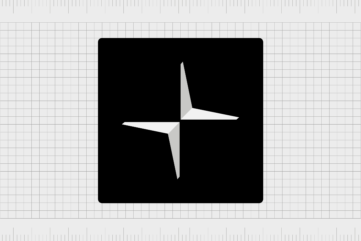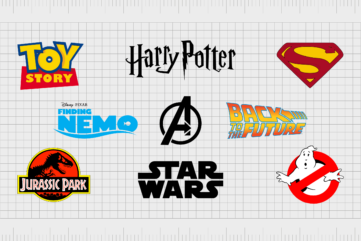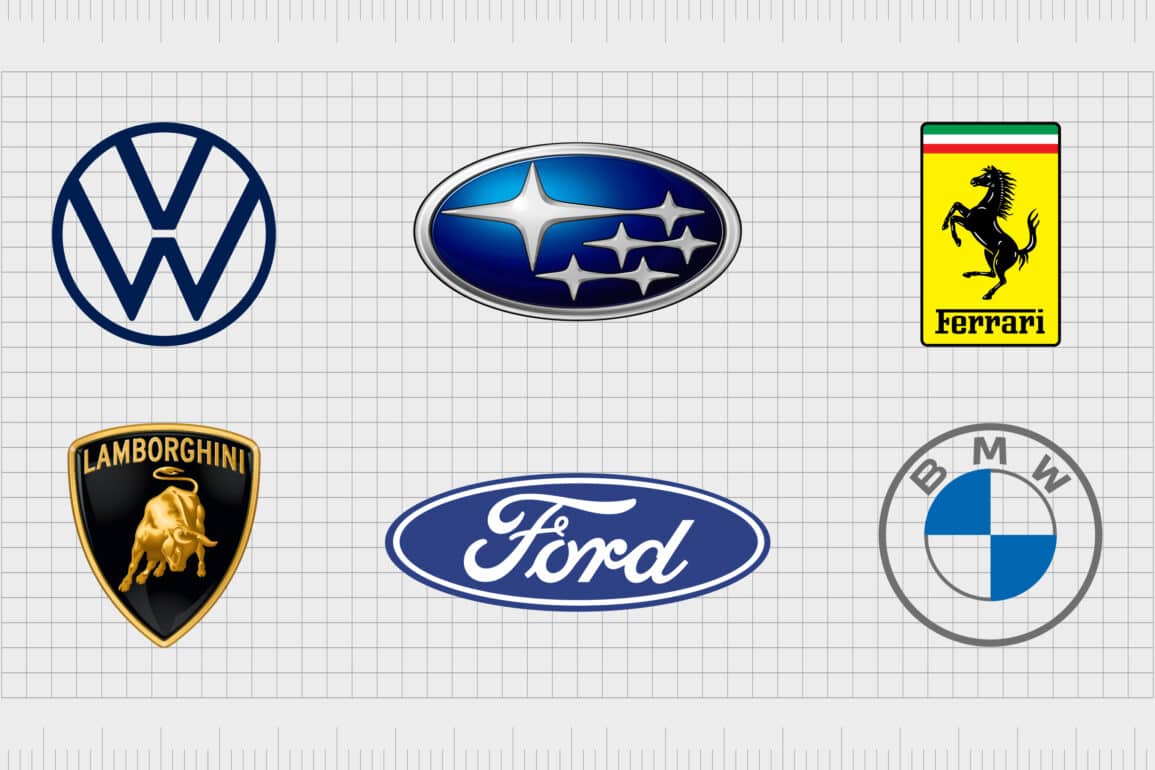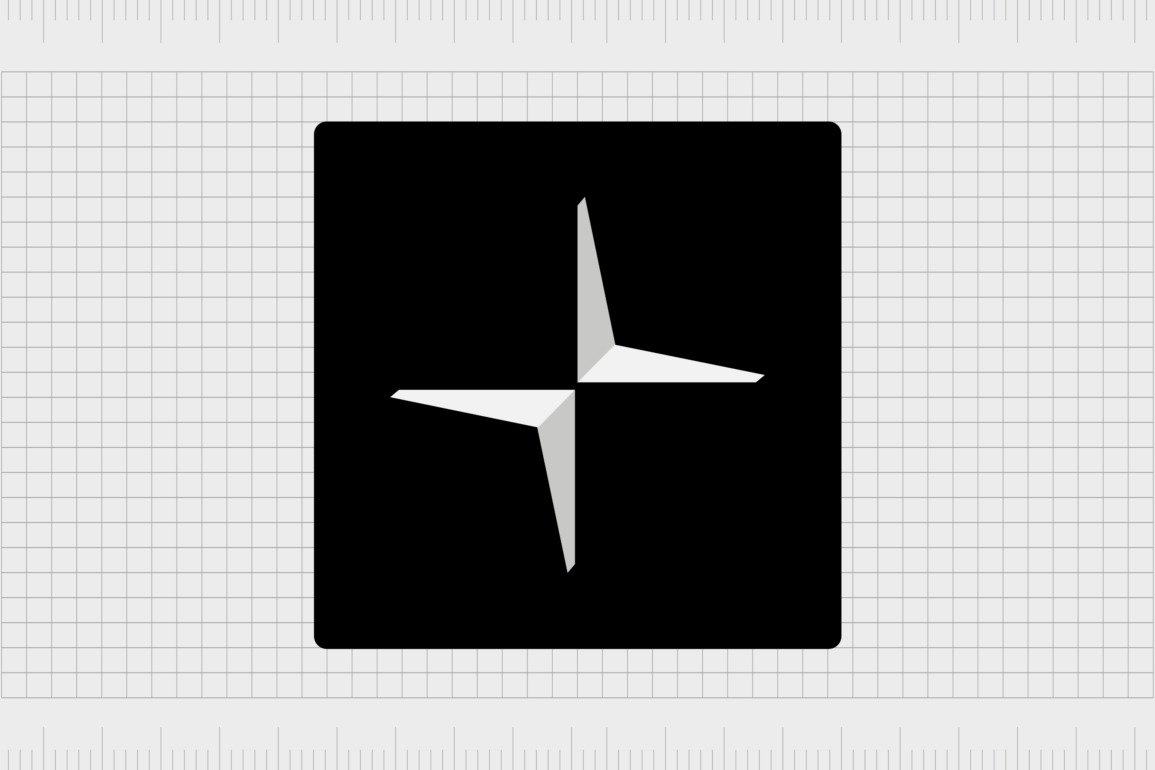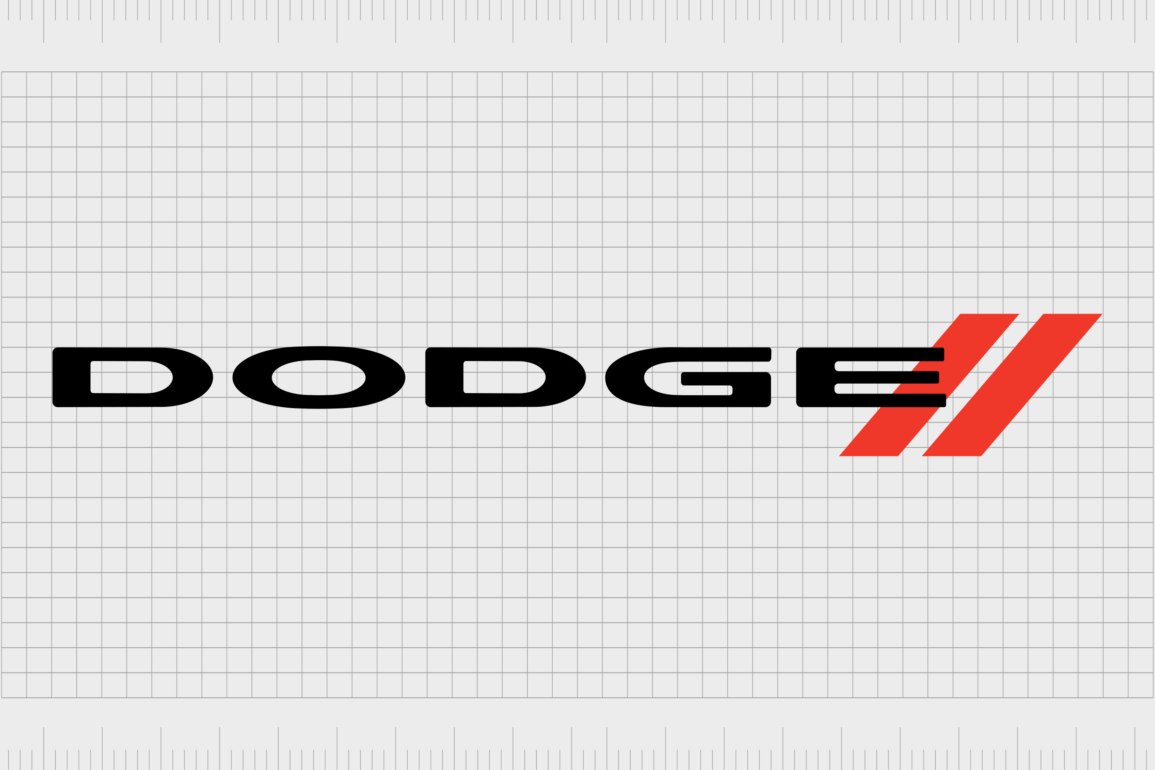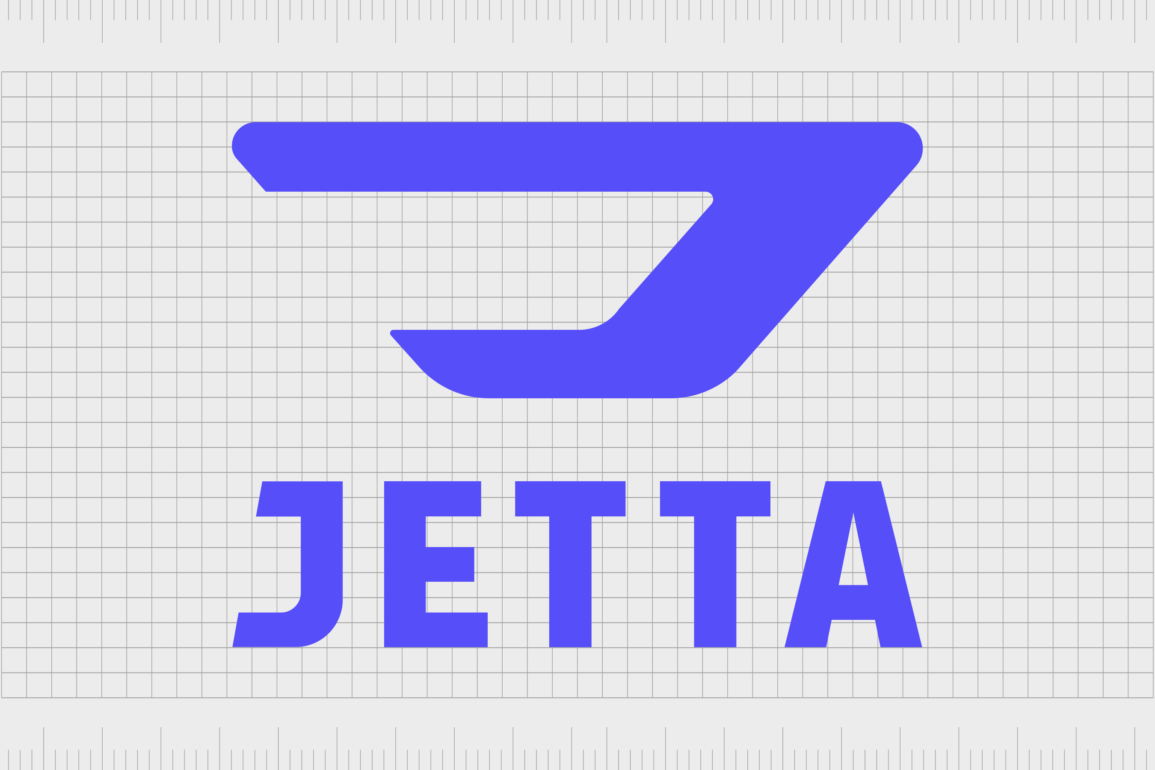Reebok logo history: How the Reebok symbol changed the face of fitness

For many fitness fans, the Reebok logo is an instantly recognizable symbol. Though there have been some major alterations throughout Reebok logo history, the company has always managed to preserve its brand equity, and reputation in the apparel industry.
Like many logos used by sneaker and sports apparel companies, the Reebok brand mark was created to resonate with a specific audience, and elevate the company to new heights.
Whether it appears as a simple standalone vector, or as a robust combination mark, the Reebok symbol is sleek, sophisticated, and powerful. However, many people still don’t know how the Reebok logo began, what it means, or even how much it’s changed over the years.
Today, we’re going to dive behind the scenes of the Reebok visual brand identity, to provide you with a comprehensive look at the transformational Reebok emblem.
The Reebok brand: An introduction to Reebok
Otherwise known as “Reebok International Limited”, Reebok is a well-known American fitness and footwear brand, operating as part of the Authentic Brands group. The company was established in 1958, making it one of the older sports apparel organizations from the United Kingdom.
Initially, the business was a companion company for another sporting goods brand, known as J.W Foster and Sons. In This initial company was launched in 1895, when Joseph William Foster began working in his room over his dad’s sweetshop in Bolton.
He designed some of the world’s first spiked running shoes, and as his ideas progressed, decided to launch his own business. The company’s shoes were launched into fame by Harold Abrahams, during the 1924 Olympics.
In 1958, two of Foster’s grandsons decided to form a companion company, named “Reebok”. The name was based on the Afrikaans name for a type of African antelope, the grey Rhebok. The brand quickly became successful, and by 1981, achieved $1.5 million in sales.
Over the years, Reebok has made quite a name for itself in the athletic space, collaborating in sponsorship deals with more than 100 professional athletes, including Shaquille O’Neal.
Reebok logo history: The evolving Reebok symbol
Looking back through Reebok logo history, we can see the emblem used today is quite different from the original designs introduced by the organization during 1958. For a long time, the Reebok symbol and visual identity was highly patriotic, based on the Union Jack flag.
However, as the company evolved, the team decided to embrace a more abstract, geometric logo, to present itself as a more modern, international company.

1958
The first logo used by Reebok was quite unusual, and had very little to do with the Reebok symbol most of us are familiar with today. The image featured a simple wordmark, in a stylized sans-serif font, with a unique “K” character.
Between the second “E” and the “B” of Reebok, a geometric shape was introduced, created out of thin, zig-zagging lines, with two additional, shorter lines placed above. During these years, the company also used the Union Jack flag on its logo.

1977
The second Reebok logo is the one most people consider to be the “original” Reebok symbol. It features the name of the company, again in a modern sans-serif font, with unique angles and contours throughout the characters. The inscription was set in a deep shade of blue, symbolizing reliability.
The Union Jack, already frequently associated with the Reebok company at this point, was placed on the right-hand side of the wordmark. The flag image was surrounded by a simple, thin outline, to help it stand out in the marketplace.

1993
During 1993, Reebok updated its logo, moving away from the Union Jack flag for the first time. The font used in the wordmark remained the same, although the color was updated to a slightly more vivid shade of blue.
The icon on the right side of the inscription became an abstract shape, composed of two smooth, matching blue lines, which merged into a point at the top. A narrow red triangle split through the centre of these lines.
The symbol seemed to represent the Union Jack flag in a new way, as well as drawing attention to Reebok’s values of ambition and competition.

1997
For a brief time between 1997 and 2000, Reebok used a simplified version of its logo in a grey and white color palette. All other colors were removed, and both the inscription, and the abstract icon were enlarged.
The icon was also moved from the right of the logo to the top, creating a sense of sophisticated balance for the company’s aesthetic.

2000
The redesign to the Reebok symbol in 2000 represented one of the most significant updates to the company’s brand identity. The iconic emblem remained untouched, but the font was altered for the first time, becoming a sans-serif typeface, depicted in red.
The lettering was made all lowercase, and italicised to slant slightly towards the right, with the rest of the banner-style emblem. The Reebok symbol was placed in to the left of the inscription, in its own grey rectangle, with rounded edges.
The entire design was encased within a simplistic blue parallelogram, with a thick outline. The bold color palette and unique design made the company appear innovative and modern.

2005
A little later, in 2005, Reebok started shortening its name to just “RBK”, in an effort to make its brand identity catchier and more memorable. To accompany this new nickname, the brand created an alternate logo, with sharp, geometric letters on the left side, and the Reebok symbol on the right.
The characters were depicted in red on a white background, while the Reebok symbol appeared in a bright shade of blue, with a thin rectangular frame around it.

2008
Between the years of 2008 and 2014, Reebok decided to simplify its logo, using nothing but a minimalist sans-serif wordmark for its brand identity. The symbol most commonly associated with the brand was removed, creating a sleek, basic look.

2014
In 2014, Reebok decided to update its brand entirely, with a brand-new symbol. The wordmark for the company remained similar to the one used in the previous logo, but a new icon was introduced, featuring a red triangle composed of three equal segments.

2019
In 2019, Reebok went back to its origins, reviving the typeface previously used in the 1990s, and the famous abstract symbol that stayed with the company for so many years. The main differences to the logo could be seen in the positioning and colors of the components.
The multi-colored Reebok design was switched for a black and white color palette, symbolizing power, and professionalism. The sharpened Reebok symbol was also placed beneath the wordmark, rather than above it.
What does the Reebok logo stand for?
Throughout the history of its visual identity, Reebok has frequently used simple or abstract shapes in its logo, paired with modern-looking fonts. While the designs might have seemed straightforward at the time, they all had their own underlying meaning.
For instance, during the Reebok rebrand, when the “Delta” triangular logo was introduced, Reebok shared that the image was a symbol of change and transformation. Each part of the triangle stood for a different component of a person’s personal transformation: Social, mental, and physical.
The iconic vector used by the Reebok logo today, and many times throughout the years, is an abstract representation of the Union Jack flag, crossing a race track. It also highlights two of the company’s core values: progress and legacy.
In the past, Reebok also suggested that the three lines in the logo stood for the trinity of social, mental, and physical wellbeing, which have been common themes in the company’s branding.
The Reebok logo: Fonts and colors
Modern and evocative, the Reebok logo is a powerful symbol, designed to connect with those who have a love for speed, innovation, and accomplishment. The logo used by the company today highlights its focus on both heritage and transformation.
Although it may seem simple, this powerful logo has transcended the decades with the company, and helped to set it apart from the many competitors in the athletic apparel space.
If you want to take a closer look at the Reebok logo, you can find some resources linked below:
What color is the Reebok logo?
Various Reebok logo colors have been used by the brand over the years for different purposes. The most common colors associated with Reebok are probably the shades of red, white, and blue, used in the Union Jack flag. However, the official Reebok logo color palette today is much simpler.
Currently, the Reebok logo is usually depicted in black and white, but there are variations of the logo that use a greyscale palette, or red instead.
What font does the Reebok logo use?
First introduced in 1977, the Reebok logo font in use today has been with the brand for a number of years. However, the company did experiment with a different typeface for a while. The font is unique to the company, but is similar to the “Motter Tektura” font.
It features a number of geometric elements, including sharp edges, thickened lines, and interesting curves on many of the characters.
The enduring impact of the Reebok logo
An insight into Reebok logo history shows us how companies can often experiment with their logo designs, before reverting back to their original image. Although Reebok has used many different logos over the years, it has frequently leveraged the same general font and icon.
The Reebok symbol in use today builds on one of the first logos ever introduced by the company, soon after they stopped using the Union Jack as their primary icon.
Reebok’s logo is powerful, modern, and sophisticated. It demonstrates the progressive nature of the brand, as well as its commitment to its heritage.
Fabrik: A branding agency for our times.


